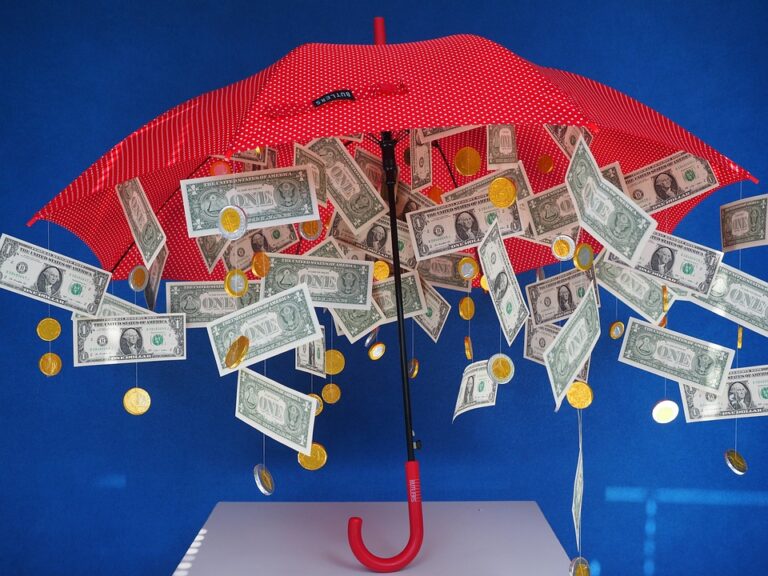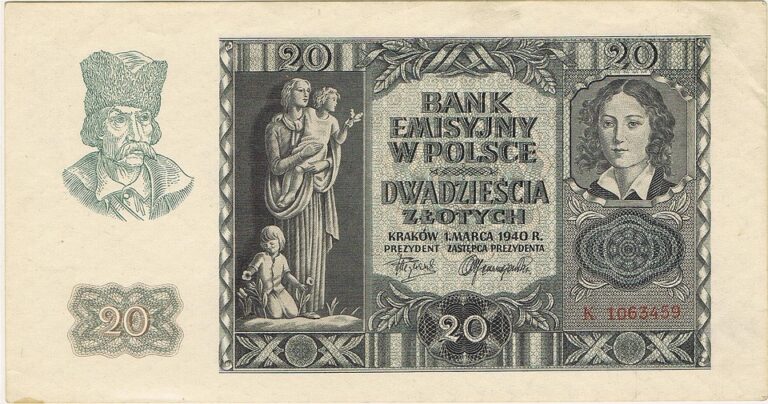Last updated Feb. 13, 2025 by Charles Zemub
In today’s consumer-driven economy, credit card rewards have become central to financial transactions, promising everything from cashback to travel points to various rewards for everyday purchases. Yet, while enjoying these perks, many consumers rarely consider who ultimately foots the bill for such attractive offerings. This article delves into the intricate web of stakeholders involved in the credit card rewards system, unpacking who pays and how the system sustains itself. This exploration will not only enhance our understanding of the rewards ecosystem but will also guide consumer decisions around credit card usage for maximum benefit.
The Dynamics of Credit Card Rewards
Before identifying who pays for credit card rewards, it’s crucial to understand how these rewards work. At their core, credit card rewards are a marketing strategy used by credit card issuers to attract and retain customers. They work by offering cardholders certain incentives for using the card, such as cashback on purchases, points that can be redeemed for goods or services, or airline miles.
Rewards programs vary widely in their structure and value proposition but generally fall into three categories: cashback rewards, points-based rewards, and travel rewards. Each type offers unique benefits tailored to different consumer preferences. However, all share a common objective: to encourage cardholders to use their credit cards more frequently and for higher-value purchases.
The Stakeholders in the Credit Card Ecosystem
The credit card industry involves several key stakeholders, each playing a vital role in making rewards programs viable. These stakeholders include:
- Cardholders: These are the consumers who use credit cards for purchases. Cardholders are enticed by rewards programs and make decisions based on the incentives offered.
- Merchants: Businesses that accept credit cards from customers. Merchants pay fees to credit card networks, which can influence their willingness to accept certain cards.
- Credit Card Issuers: Financial institutions or banks that issue credit cards to consumers. They manage the rewards programs, set the terms and conditions, and bear the financial risks associated with lending.
- Payment Networks: Companies like Visa, Mastercard, American Express, and Discover that facilitate the payment process between merchants, issuers, and cardholders. They charge fees for transactions and provide the infrastructure for payments.
- Consumers Without Credit Cards: This includes people who may not own a credit card but indirectly affect or are affected by the system, as rewards costs can get embedded into retail prices.
Who Pays for Credit Card Rewards?
-
Cardholders Themselves
At first glance, it might seem that credit card rewards are a ‘free lunch’, but that’s hardly the case. Cardholders pay for rewards in several indirect ways:
-
Annual Fees: Many credit cards that offer hefty rewards also come with annual fees. These fees can range from moderate to substantial, depending on the prestige and perks of the card. For frequent travelers and high spenders, these fees may be justified by the value of the rewards; however, occasional users may find the fees offset any potential gains.
-
Interest Payments: For cardholders who do not pay their balance in full each month, interest rates can dramatically increase the cost of their purchases. The promotional benefits of rewards can be easily negated by high-interest charges.
- Inflated Retail Prices: As merchants pay higher fees to accept reward cards, some of these costs are passed on to consumers in the form of higher prices for goods and services.
-
-
Merchants
Merchants play a significant role in subsidizing credit card rewards. They incur transaction fees every time a customer swipes a card. These fees can vary but are generally higher for cards that offer premium rewards. These fees consist of:
-
Interchange Fees: Paid by merchants to issuing banks, these fees are a percentage of the transaction amount and can go up to 3% for premium rewards cards.
- Assessment Fees: Paid to the networks like Visa and Mastercard, based on the total volume of sales transactions.
Due to the competitive nature of businesses, merchants cannot always reflect these costs directly in their pricing, leading to thinner margins.
-
-
Other Cardholders
Surprisingly, even individuals who don’t carry premium rewards cards can end up subsidizing those who do. Since merchants often spread transaction costs across all products to offset credit card fees, all shoppers share the burden, regardless of their payment method.
-
Credit Card Issuers
Issuers are willing to take on the expense of funding rewards, expecting to recover this cost through increased usage, interest payments, and fees. Additionally:
-
Finance Charges: A significant number of cardholders carry a balance month-to-month, subjecting them to finance charges that contribute to the revenue of issuers.
-
Data and Insights: Credit card companies derive significant value from analyzing cardholder spending patterns. This data is often monetized in various ways, providing an indirect means of earning revenue.
- Loyalty and Retention: The costs of rewards are outweighed by the long-term value of customer retention. A satisfied customer is more likely to remain loyal, providing a steady stream of revenue through various channels.
-
The Invisible Costs to Non-Cardholders
Consumers who don’t use credit cards also partake in funding the rewards indirectly because of the redistribution of merchant costs in consumer pricing strategies, yielding higher prices across the board, from goods to services. Hence, both cardholders and non-cardholders contribute to the costs of credit card rewards through the intricate, interdependent web of transactions.
The Double-Edged Sword of High Reward Programs
While high reward programs can be enticing, they come with their pitfalls. Consumers need to be mindful of:
- Behavioral Encouragement: Rewards can induce overspending by promoting frequent card use to accumulate points.
- Ignorance of Interest Impacts: The lure of rewards may lead some cardholders to prioritize point accumulation over prudent financial habits, such as paying bills on time.
Understanding these dynamics can empower consumers to use credit cards as financial tools rather than falling prey to potential pitfalls driven by impulsive behavior.
Are Credit Card Rewards Worth It?
Whether credit card rewards ultimately benefit consumers depends on individual financial practices and payment habits. For diligent individuals who pay their full balance each month, leverage sign-up bonuses, optimize rewards structures, and avoid annual fees by negotiating with issuers, the system has excellent potential for gains.
On the flip side, those who are unable to navigate these nuanced financial traps effectively might unwittingly contribute to the very system they’re attempting to game. It’s vital to assess one’s financial habits, goals, and discipline alongside the card’s terms and conditions to sense if you’re deriving real profit.
✓ Short Answer
Credit card rewards are funded through fees paid by merchants, interest charges and fees from cardholders, and sometimes higher consumer prices. While cardholders enjoy the perks, they may inadvertently pay for rewards through associated fees and higher prices, with indirect costs impacting even those who don’t use credit cards. Merchants also contribute significantly through interchange fees, influencing their pricing strategies.
FAQs
1. Do all credit cards offer rewards programs?
Not all credit cards offer rewards programs. Some are designed for straightforward use without rewards, while others may focus on specific customer categories with tailored benefits.
2. Are there credit cards with no annual fees that still offer rewards?
Yes, many credit cards offer rewards without annual fees, although they might provide less generous rewards compared to premium cards with higher fees.
3. How can I maximize the benefits of credit card rewards?
To maximize benefits, choose a card that aligns with your spending habits, pay your bill in full monthly to avoid interest charges, and strategically use bonus categories that offer higher points or cashback rates.
4. What is an interchange fee, and why does it matter?
An interchange fee is a percentage of a transaction charged to merchants by the issuing banks. It impacts merchants’ pricing and strategies due to its effect on their profitability.
5. Are credit card rewards taxable?
Rewards from credit cards are generally categorized as discounts, making them non-taxable. However, rewards considered as income (like incentives just for signing up) may have tax implications.
Understanding credit card rewards from a balanced perspective empowers you to harness their full potential while avoiding possible financial quicksand. Evaluate costs, understand features, and make informed choices tailored to personal financial goals for maximum advantage.




